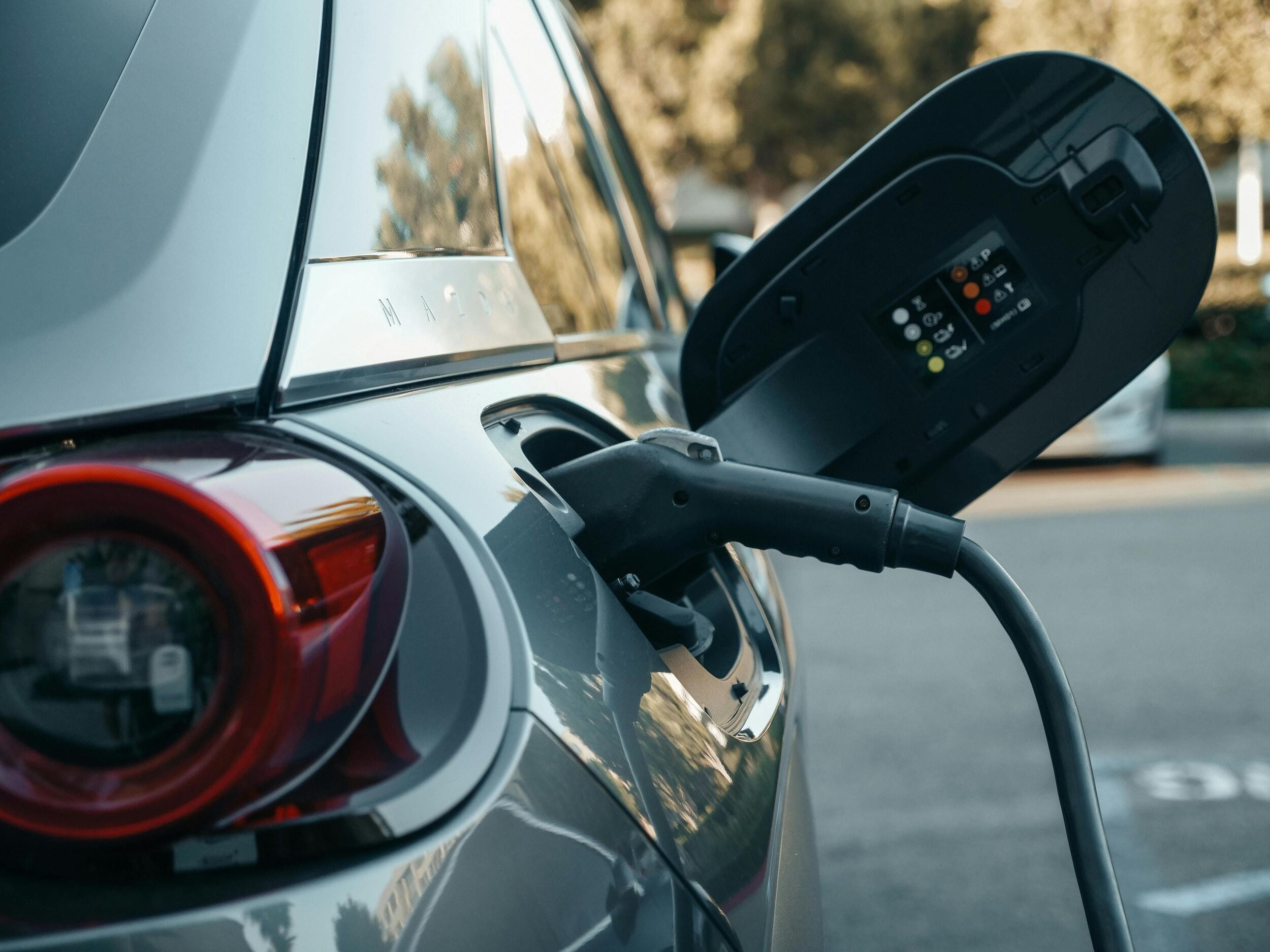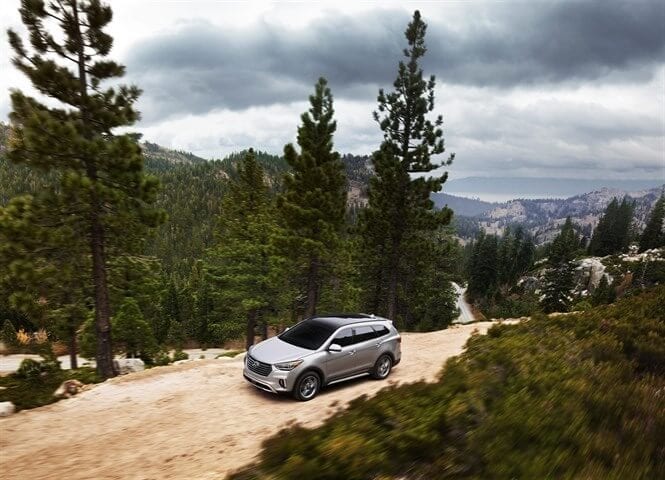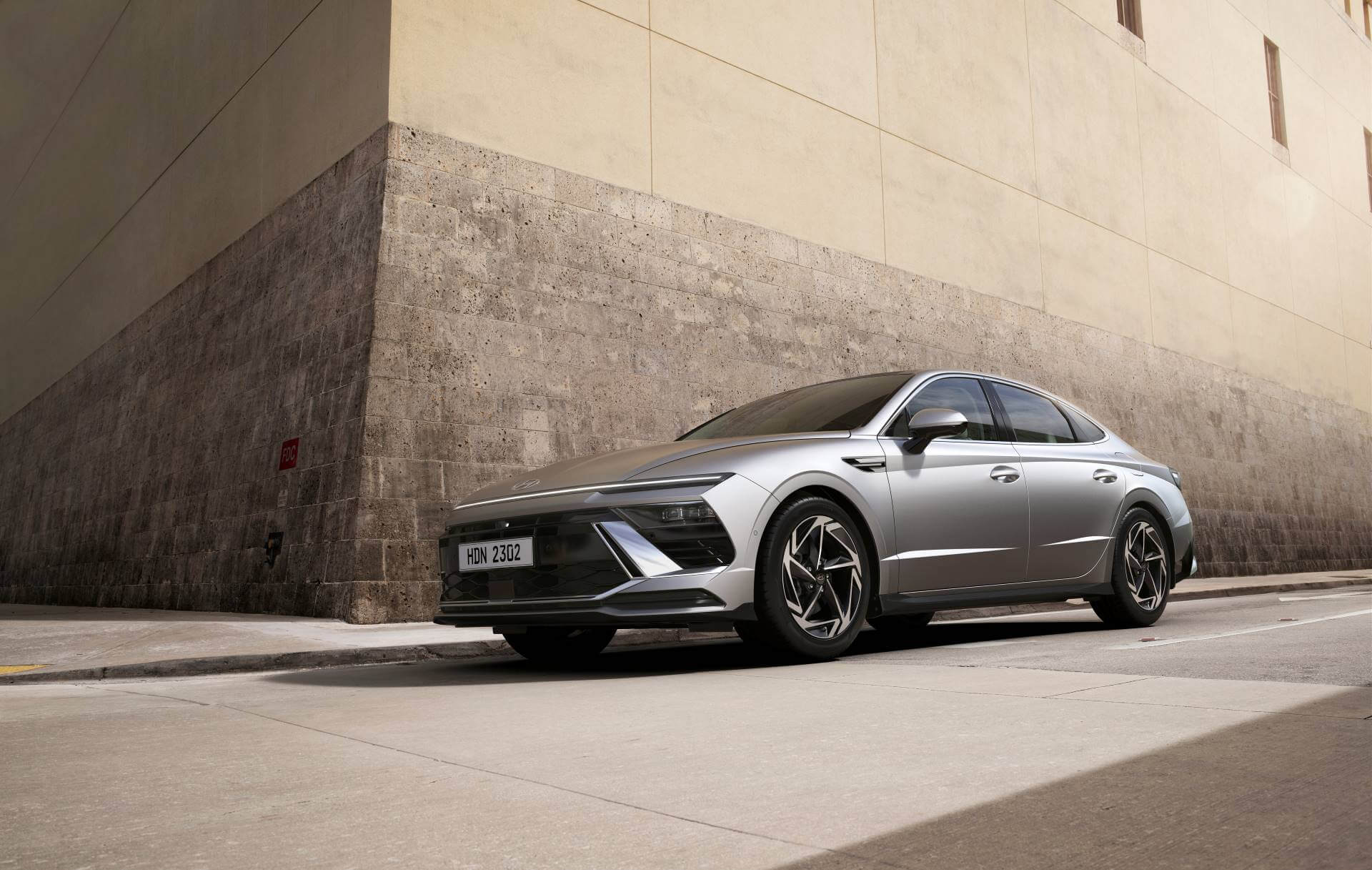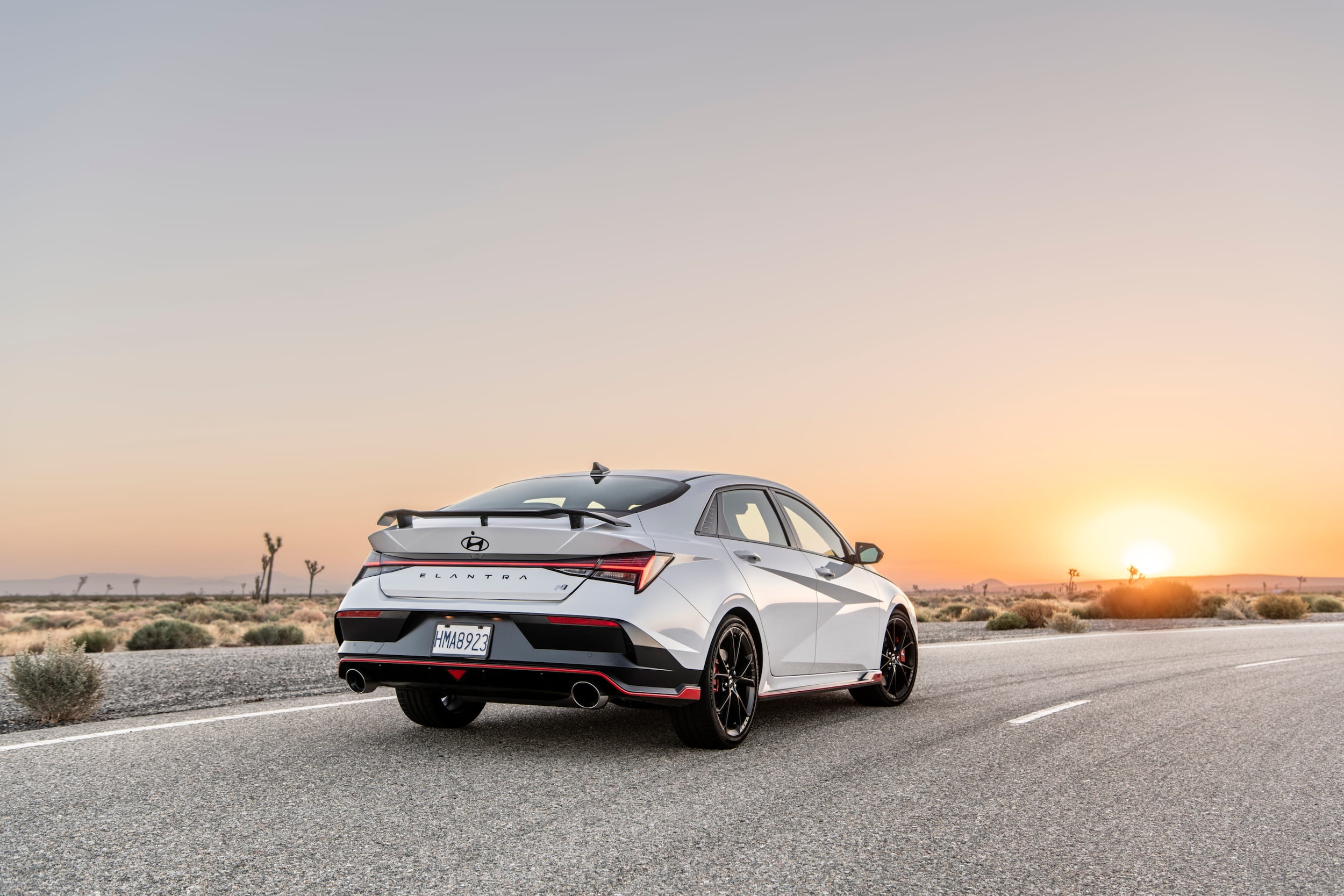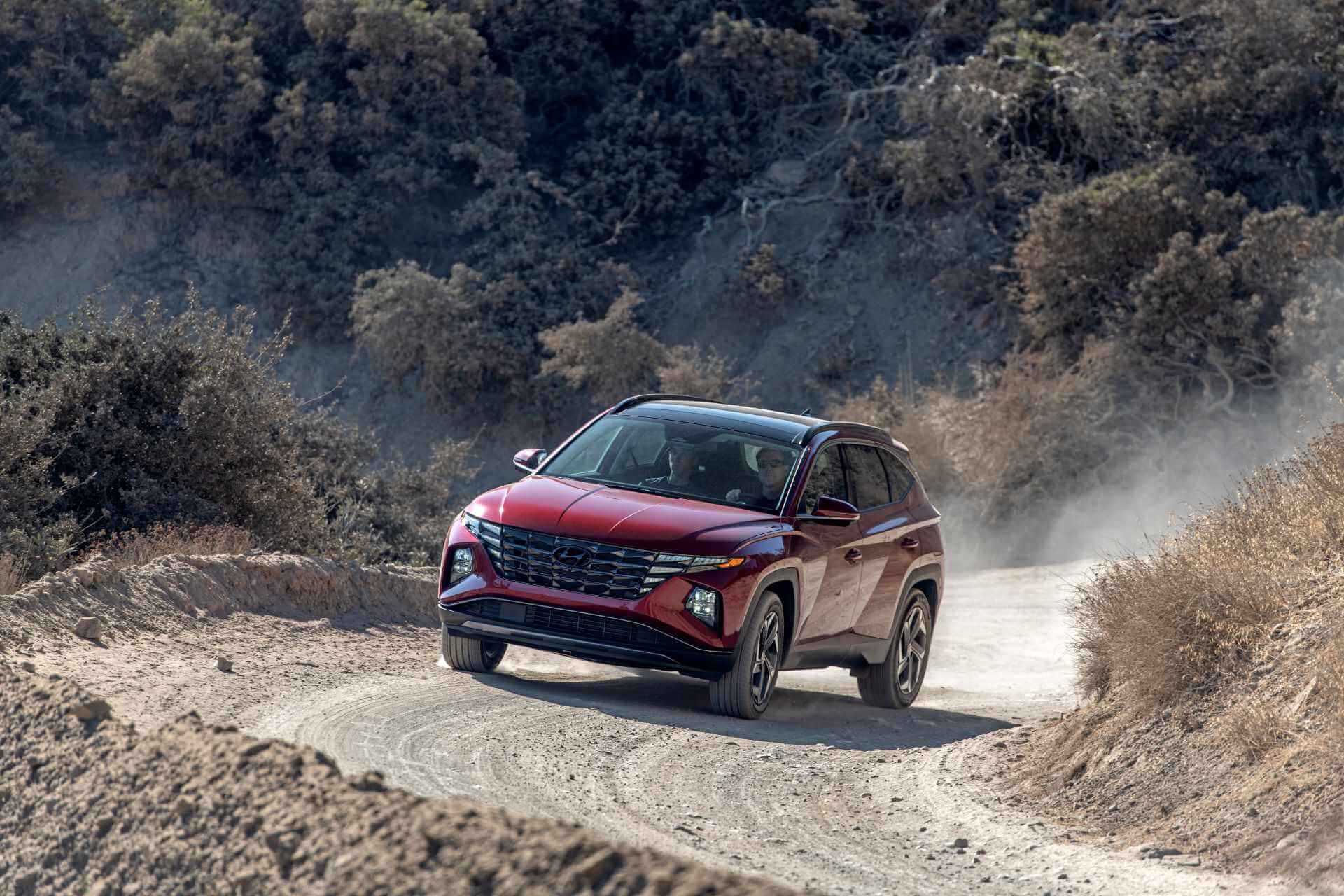Driving in Imperial Valley, California presents unique challenges and opportunities for car owners. As the region embraces the shift towards sustainability, the debate between electric vs. gas cars becomes more relevant.
This guide explores the costs, driving experience, and environmental impact of electric and gas vehicles, helping Imperial Valley residents make informed decisions. Discover how electric vehicles, with their eco-friendly benefits and lower maintenance costs, are reshaping the future of driving in the valley.
1. Electric vehicles (EVs) in Imperial Valley offer significant long-term savings due to lower fuel and maintenance costs, making them a financially smart choice despite higher initial prices.
2. Advancements in battery technology and the growing charging infrastructure in California make electric vehicles more viable for long-distance travel, easing range anxiety for Imperial Valley drivers.
3. Electric cars contribute to a cleaner environment in Imperial Valley by producing zero tailpipe emissions and reducing greenhouse gas emissions, especially when charged with renewable energy.
4. The performance of electric vehicles, including superior torque and acceleration, provides a thrilling driving experience on the dynamic roads of Southern California.
5. The future of transportation in Imperial Valley is leaning towards electrification, with increasing sales and innovations in battery technology paving the way for a sustainable automotive industry in Southern California.
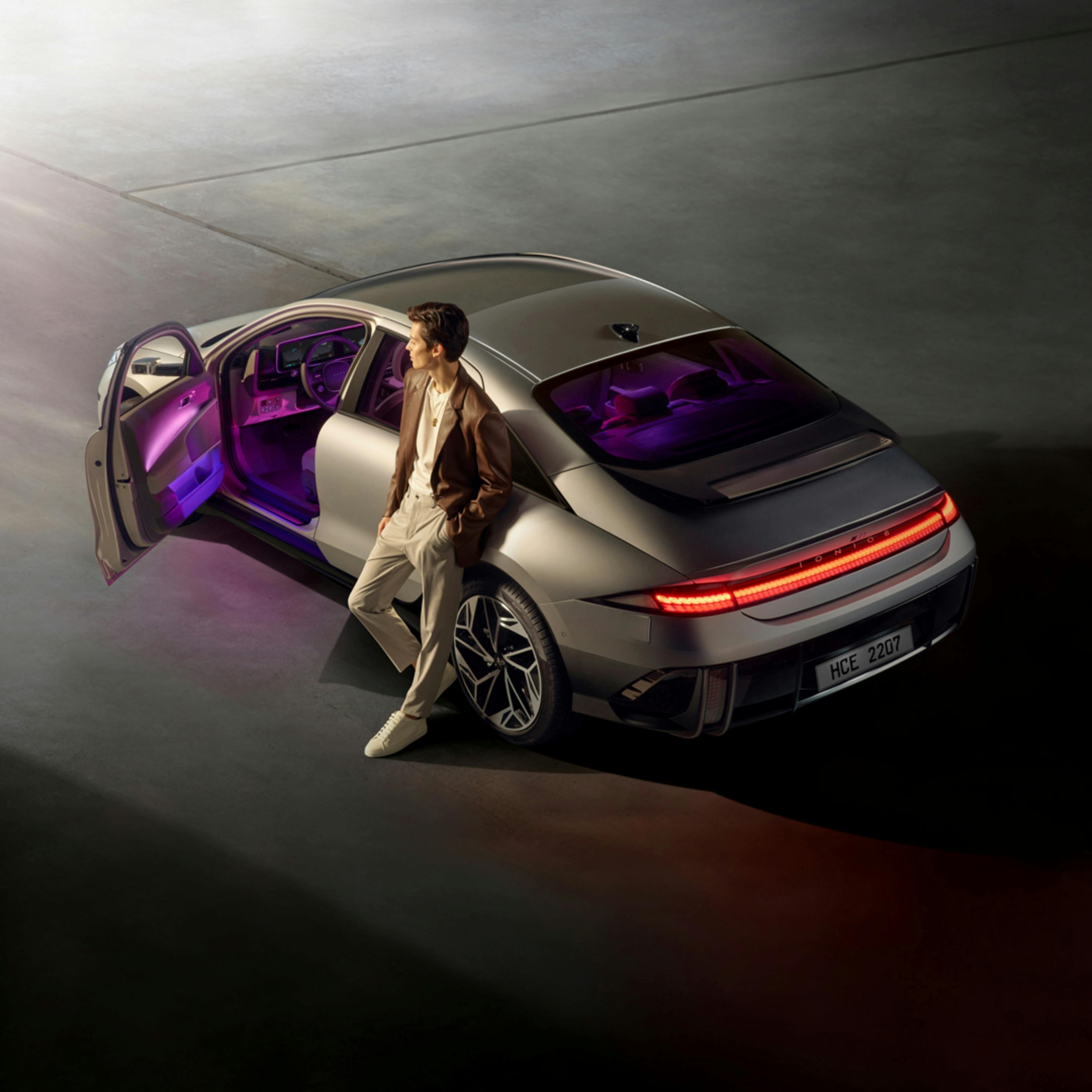
Driving in Imperial Valley
CAPTION: There's nothing quite like driving through the California desert.
Driving in Southern California is a thrilling adventure that keeps you on your toes. The region is known for its dynamic driving environment, where drivers confidently navigate the roads with a flair that can make for an exciting experience, whether you're in a gas or electric car. Traffic flows swiftly during peak hours, offering a lively pace, although occasional congestion can occur, adding to the vibrant energy of the area.
If you're looking at buying a new car from Imperial Valley Hyundai, the challenges don't stop at the driving behavior. Charging in Southern California can be a tricky affair, with frequent outages and the potential for chargers to be occupied. Unlike the more familiar gas stations, where you can refuel quickly and be on your way, finding an available charging station can sometimes feel like a game of chance. This is a stark contrast to gas vehicle owners, who rarely face such issues.
Despite these challenges, both types of vehicles, including conventional vehicles, offer unique experiences tailored to the Southern California landscape. While electric cars provide a quieter and often more enjoyable drive, gas vehicles offer the convenience of quick refueling. Understanding these nuances can help you make an informed decision about which type of vehicle suits your driving needs in this vibrant region.

Initial Cost Comparison
CAPTION : The Hyundai Kona Electric, available at Imperial Valley Hyundai, features all the performance and power of the standard Kona with a revolutionary electric motor.
Electric vehicles (EVs) have traditionally been seen as the pricier option in terms of initial cost. However, recent trends are closing the gap. The Hyundai Kona Electric, for example, costs just over $32,500, only slightly more expensive than its gas-powered counterpart. This price reduction makes EVs more accessible to a broader range of consumers. Additionally, new federal rules allow car dealers to apply EV tax credits at the time of purchase, making the savings immediate for buyers.
State-specific tax credits and incentives further sweeten the deal for potential EV owners. In California, federal tax credits of up to $7,500 can reduce the overall cost of purchasing an electric vehicle. These incentives, combined with the already lower maintenance costs associated with EVs, make the initial investment more palatable.
While the sticker price of electric vehicles might still be higher, when you factor in these tax incentives and lower maintenance costs, the overall initial costs can be significantly reduced. Given Southern California's sunny climate, the potential for utilizing solar panels to charge electric vehicles further enhances the appeal of going electric. With the added benefit of reducing greenhouse gas emissions and contributing to a cleaner environment, electric cars are becoming an increasingly attractive option for Imperial Valley residents.

Long-Term Ownership Costs
Long-Term Ownership Costs
As operating costs decrease over time, we think we'll be seeing a lot more interest in EVs among the Imperial Valley community. EV drivers spend significantly less on fuel compared to gas drivers, with estimates suggesting a 60% reduction in fuel costs. This can make a substantial difference in the long-term financial outlook for electric vehicle owners.
Depreciation rates for electric vehicles are generally higher, leading to greater value loss over time. Despite this, the overall long-term ownership costs of electric vehicles can be lower when considering the reduced fuel and maintenance expenses. For many, this makes electric cars an attractive option for long-term ownership.
Fuel Costs Over Time
An at-home EV charger in El Centro plugged into an electric car
CAPTION: Investing in an EV charger for your home comes with a high upfront cost, but will undoubtedly save you money in the long-term compared to refueling a gas-powered car in Imperial Valley.
One of the most compelling arguments for choosing an electric vehicle over a gas car is the long-term savings on fuel costs. Operating an electric vehicle typically results in lower fuel expenses compared to gasoline vehicles. In fact, every electric vehicle model is cheaper to fuel than its gas-powered counterpart across all states in the U.S. This makes a strong case for electric vs. gas cars when considering long-term ownership.
Charging costs depend on local electricity rates and driving habits, while gas costs are influenced by gasoline prices and fuel efficiency. However, charging during off-peak hours can significantly decrease the overall electricity costs associated with powering electric vehicles.
Electric vehicles also offer remarkable fuel efficiency, achieving between 2.6 to 4.8 times better efficiency than traditional gasoline engines and internal combustion engine vehicles. For drivers in Imperial Valley, this means not only reduced fuel costs but also a significant decrease in carbon emissions, contributing to a cleaner environment.
Maintenance and Repair Costs
Maintenance and repair costs are another area where electric vehicles offer a clear advantage over gas cars, especially for drivers in the Imperial Valley. The climate can be harsh and demanding on vehicles, so the simplicity of electric vehicles becomes a significant benefit. Fewer components mean fewer things that can go wrong, and the absence of an internal combustion engine reduces the risk of overheating, which is a common concern under the California sun.
Compared to gas cars, electric vehicles have fewer components that typically require maintenance. Routine tasks for electric vehicles include tire rotations and periodic service checks, which are relatively minor compared to the upkeep required for internal combustion engines. This simplicity translates to lower maintenance costs overall. In addition, Hyundai offers 10-year/100,000-mile warranties on all their EVs and hybrids, further lowering maintenance costs.
However, it's worth noting that battery replacements can significantly impact the maintenance expenses for older electric vehicles. While this is a concern, the overall maintenance and repair costs of electric cars remain lower than those of gas vehicles, making them a cost-effective choice in the long term.
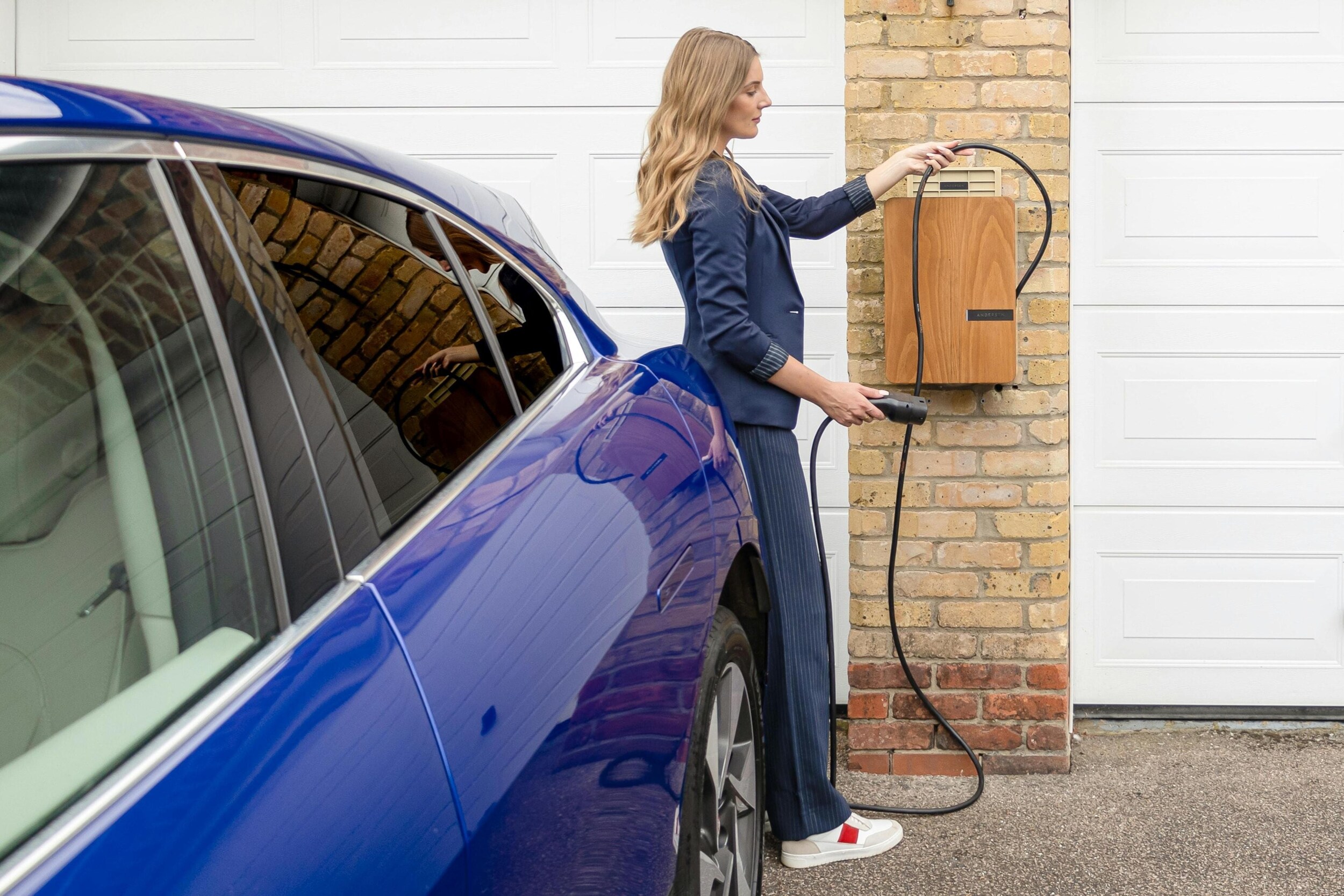
Performance: Torque and Acceleration
CAPTION: We've already spoken highly of the exceptional performance offered by the IONIQ 5 N in our full review.
Performance enthusiasts will be pleased to know that electric cars excel in torque and acceleration. Electric motors provide instant torque, resulting in strong acceleration from a standstill. The IONIQ 5 N, one of Hyundai's strongest performance-focused SUVs, can go from 0 to 60 mph in just 3 seconds, a testament to the power potential of EVs.
The performance of electric vehicles in terms of torque is generally superior to that of gas vehicles. The RWD variations of the Hyundai IONIQ 6, for example, has a torque of 258lb-ft, with the AWD variant hitting 446lb-ft. This instant torque delivery makes for a thrilling driving experience, especially for those who appreciate quick and responsive acceleration with an electric motor.
Whether you're cruising down Highway 8 or navigating through urban traffic, the superior performance of electric cars is hard to beat.
Driving Range and Refueling
Driving range and refueling are critical factors for anyone considering a new vehicle. Electric vehicles have made significant strides in this area, with advancements in battery technology enabling ranges of 300-500 miles on a single charge. Next-generation batteries promise to push these limits even further, with some expected to achieve ranges exceeding 500 miles per charge and rapid charging capabilities.
Though range anxiety continues to be a potential concern for many of our customers who are considering the switch to EVs, California has actually made great strides towards providing strong charging infrastructure. The state currently has about 16,884 EV charging stations holding a total of 50,416 EV chargers, almost 3,000 more than the number of its gas fueling stations.
That said, charging an electric vehicle generally takes longer than refueling a gasoline car, even with the introduction of fast charging stations. In addition, Imperial Valley has been cited as one of California's "electric charging deserts", given its relative lack of public charging stations compared to the rest of the state.
However, the main difference between gas cars and electric cars regarding refueling is the convenience and speed of refueling away from home. While gas cars can be refueled quickly at numerous gas stations, electric car owners often rely on home charging stations to meet their daily travel needs. As technology continues to improve, the limitations concerning electric vehicle range will lessen, making EVs more viable for long-distance travel, especially when considering the efficiency of a gas tank.
Imperial Valley's Public Charging Infrastructure
The availability of public charging infrastructure is a crucial factor for electric vehicle owners. c, less than 1% of public EV charging ports in the U.S. are Level 1 chargers, nearly 80% are Level 2 chargers, and more than 20% are DC fast chargers. This distribution of charging options ensures that EV drivers have access to faster charging when needed.
Installing an EV home charger can significantly ease range anxiety and streamline travel planning for electric car owners. Public charging networks like Rove and applications like PlugShare help EV drivers locate available charging stations, enhancing convenience and reducing the stress associated with finding a charger.
Emerging dual-purpose battery systems aim to power both homes and electric cars, offering improved energy management alongside the goal of expanding public charging infrastructure. These advancements in infrastructure and technology will continue to support the growth of electric vehicles, making them more accessible and practical for everyday use.
Environmental Impact
Obviously, one of the biggest reasons that many switch to electric vehicles is their environmental impact compared to gas-powered vehicles. Electric vehicles emit significantly less greenhouse gas when charged with renewable electricity. This makes them a more environmentally friendly option, contributing to the reduction of carbon pollution and improving overall public health. Additionally, the comparison of gas and electric vehicles highlights the benefits of choosing electric options.
Electric vehicles produce no tailpipe emissions, which directly improves air quality. The life cycle emissions of electric vehicles depend significantly on the energy sources used for electricity generation. Regions that use cleaner electricity for charging electric vehicles see greater reductions in overall emissions compared to gasoline vehicles.
Cradle-to-grave emissions encompass the entire life span of a vehicle, including manufacturing, operation, and disposal. When considering the full life cycle, electric vehicles have a lower environmental impact than gas-powered cars, especially when renewable energy sources are used for charging. This makes electric cars a more sustainable choice for the environmentally conscious consumer, reducing greenhouse gas emissions.
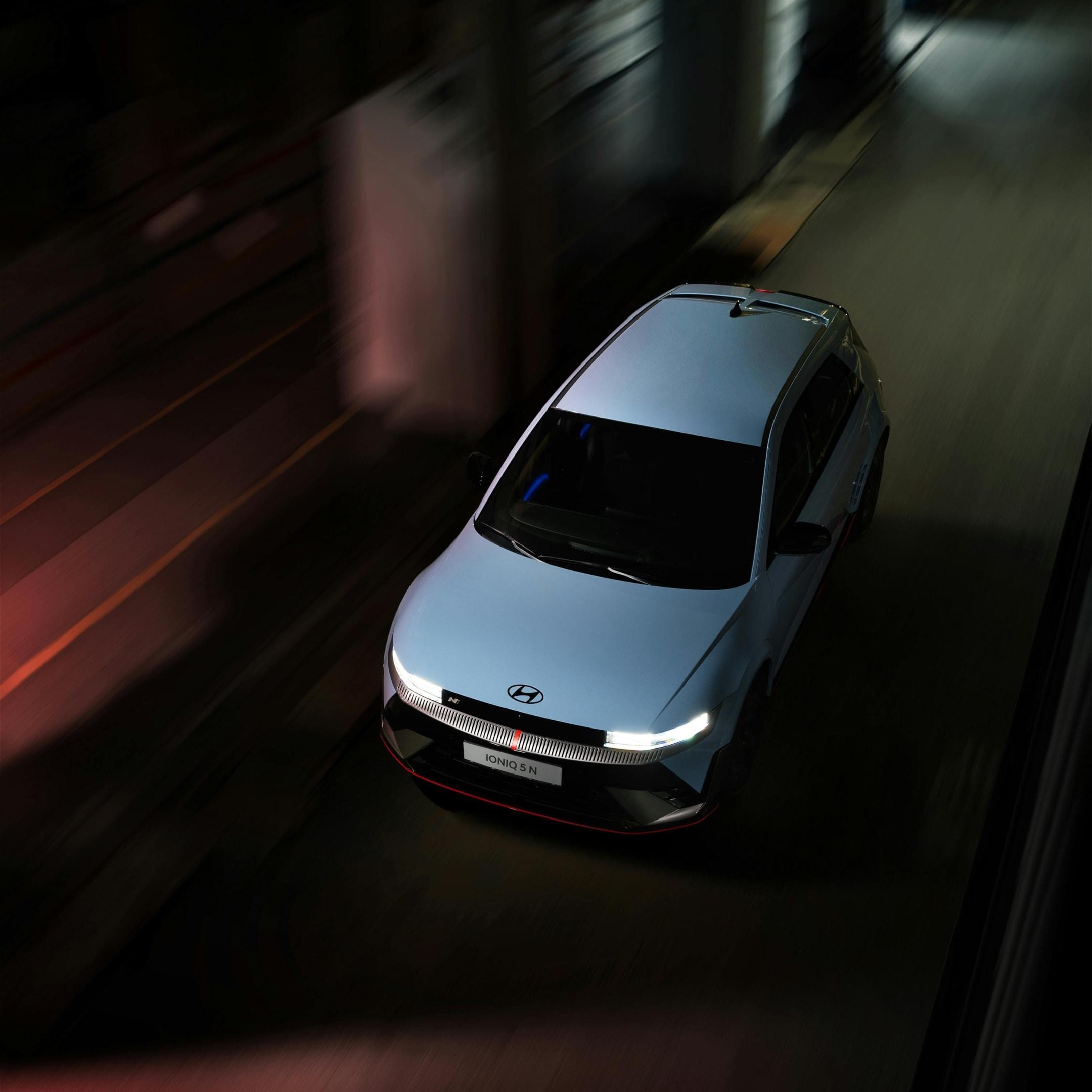
The Future of Vehicles
CAPTION: The cutting edge technology of Hyundai models like the IONIQ 6 illustrates the brand's commitment to a greener future for automobiles.
The future of vehicles is clearly heading towards electrification. With advancements in battery technology, we're seeing manufacturing processes that cut down on carbon footprints and boost energy efficiency. Plus, federal funding is set to improve the availability of DC fast charging stations, which is great news for the growing number of electric vehicles on the road.
Sales of electric cars are on the rise, with about 1.3 million units sold in 2024, marking a 7.3% increase from the previous year. This uptick is driving the industry to innovate further in battery technology, making battery electric vehicles more efficient and budget-friendly.
As these trends continue, electric vehicles are poised to become the standard, offering zero tailpipe emissions, top-notch performance, and reduced operating costs. The future of transportation is looking promising, with electric cars paving the way to a cleaner, more sustainable world.
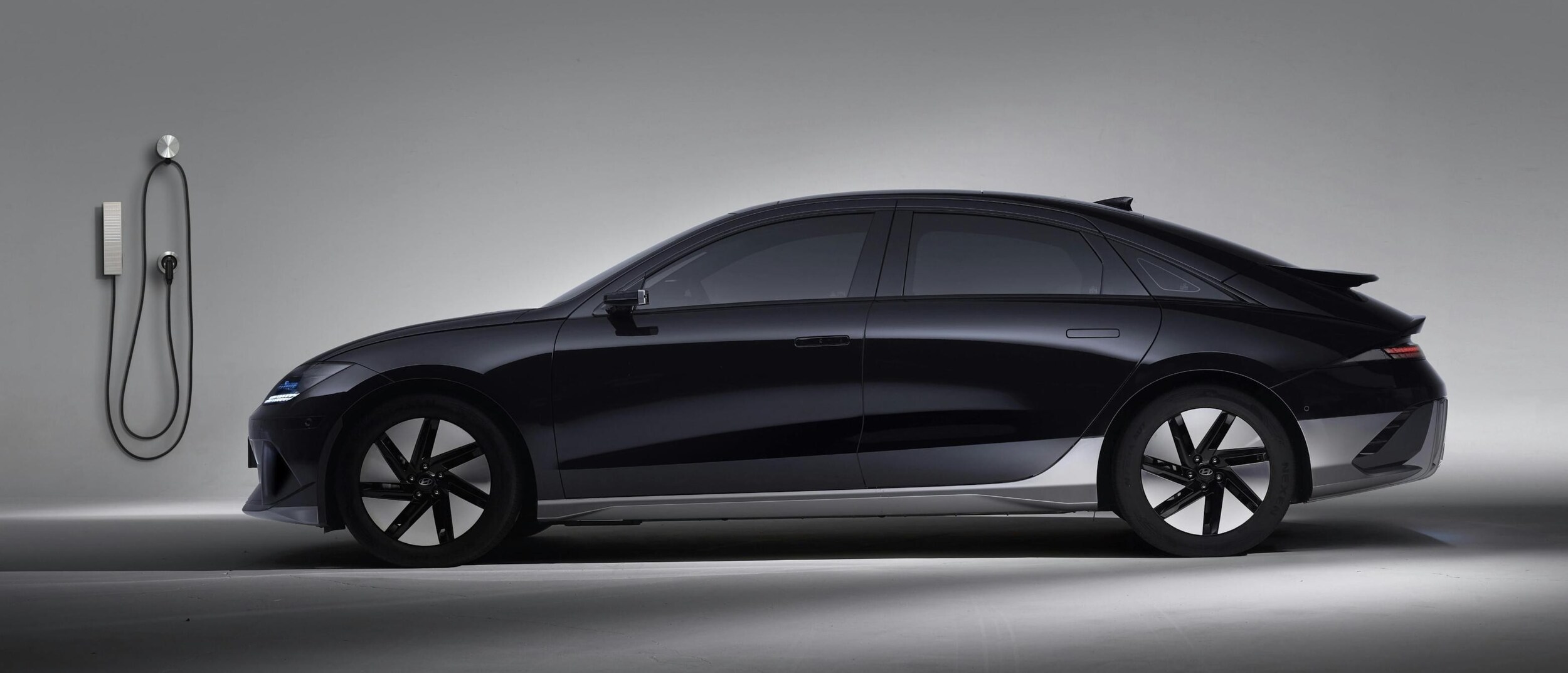
Visit Imperial Valley Hyundai to Learn More
In short, both electric and gas cars have their own set of advantages and challenges. Electric vehicles offer lower fuel and maintenance costs, superior performance, and significant environmental benefits. Gas cars, on the other hand, provide the convenience of quick refueling and a well-established infrastructure.
Ultimately, the choice between an electric and gas car depends on your personal preferences, driving habits, and environmental values. As technology continues to advance, electric vehicles are becoming more accessible and practical for a wider range of consumers. If you'd like to learn more about the factors we've discussed in this guide, contact our sales team today, and we'll help you make an informed decision that aligns with your needs and contributes to a sustainable future.
